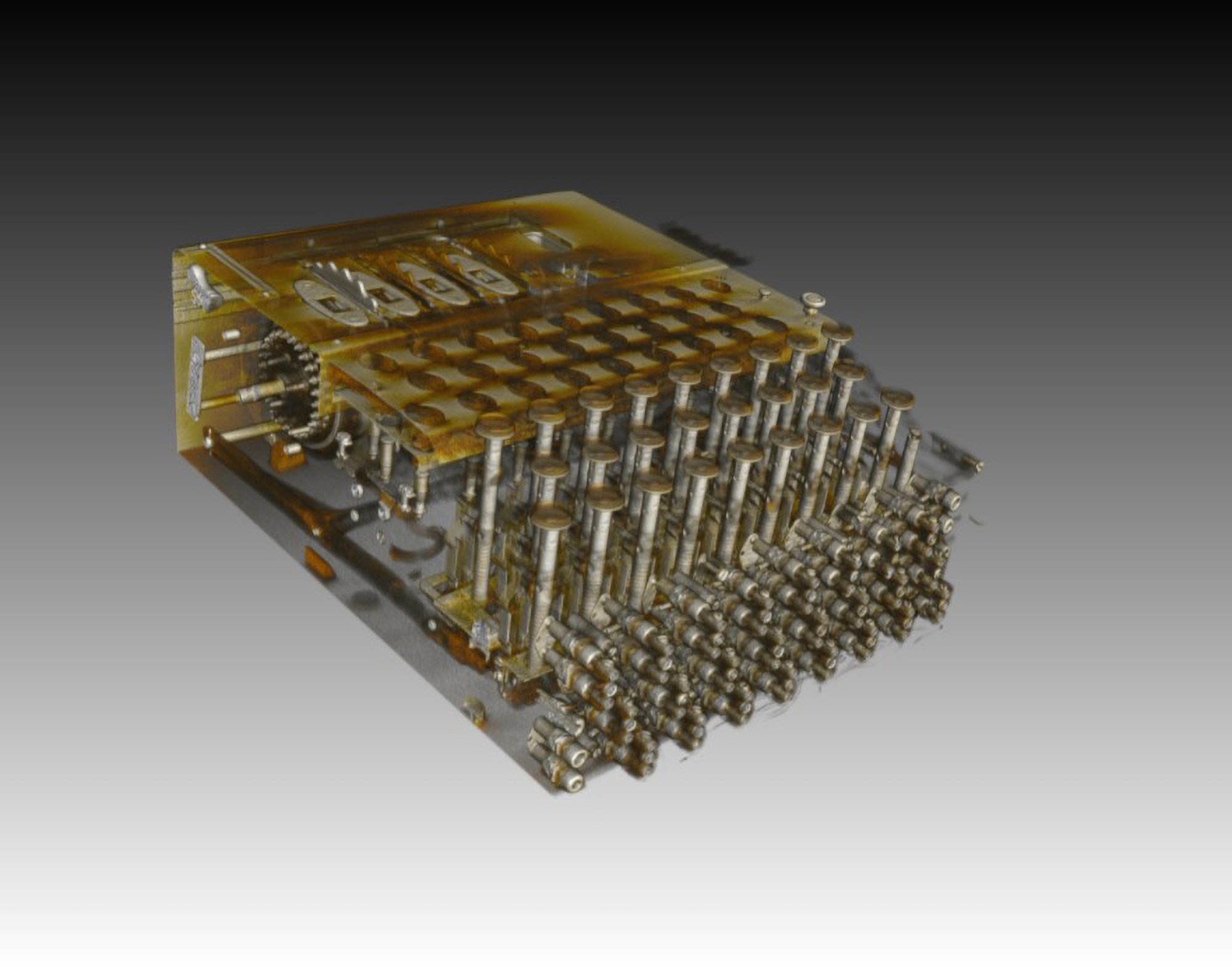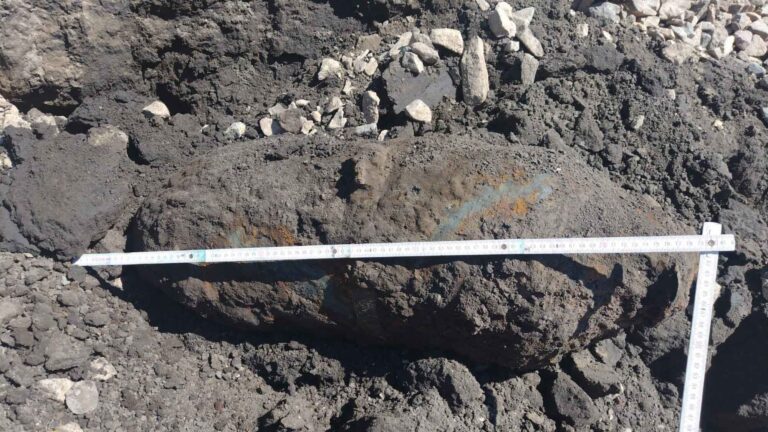Experts in Germany have scanned the fascinating inner workings of encryption machines that were first developed in 1870 and that also included the famous Enigma machines used by the Nazis in World War II.
The project to scan devices from 1870 up to 1990 sheds light in some cases for the first time on the inner workings of these fascinating machines, which were often welded shut and designed to destroy themselves if opened so they could not be copied.
The Deutsches Museum (German Museum), the world’s biggest science and technology museum, says that it has scanned models of the devices that have survived the trials of time, creating 3D models of them.
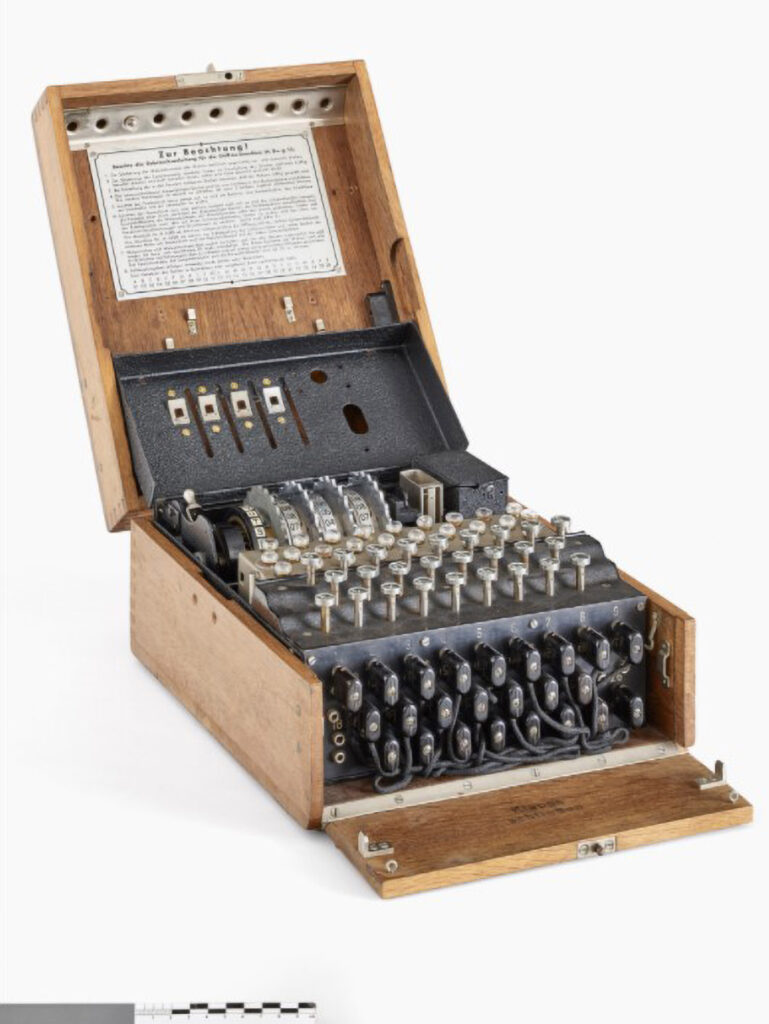
(Deutsches Museum, Konrad Rainer/Newsflash)
The experts hope to one day recreate perfect replicas of these devices thanks to this sophisticated imaging process.
As well as scanning devices dating back to 1870, they have scanned the famous Enigma machine used by Nazi Germany in World War II. The sophisticated communication machine was developed at the end of World War I before being improved under Adolf Hitler’s Nazi regime in World War II in a bid to encrypt sensitive military communications.
British cryptologists led by Alan Turing famously deciphered huge numbers of German messages during WWII and the intelligence that they gathered after ‘cracking the code’ gave the Allied war effort a significant boost against the Third Reich.
The Deutsches Museum revealed in a statement obtained by Newsflash that they have also scanned the lesser-known but equally interesting Key Device 41 (SG-41), which is a mechanical key machine that looks a bit like a typewriter and which was used towards the end of WWII by small numbers of people working for Germany’s intelligence services.

(Fraunhofer IIS/Newsflash)
Carola Dahlke, a Cryptography Curator at the Deutsches Museum, is quoted in the statement as saying: “We expect this research project to provide us with new insights into the construction of encryption devices and how they work.”
She added: “The Enigma has been researched quite well, but other encryption devices simply cannot be opened without being destroyed.
“Some encryption devices are welded or even filled with a mysterious substance that ensures that the inner workings of the machine are destroyed when the housing is opened.”
And now that modern technology has advanced enough, they are able to scan the insides of these machines and create 3D models of them.
Some of this research is taking place in the northern Bavarian city of Fuerth, at the Fraunhofer Development Center for X-ray Technology EZRT. The Fraunhofer Society is a research organisation with 75 institutes all over Germany. It focuses on research and development in applied sciences.
The museum said added that they have scanned 60 encryption devices so far, using a “particularly powerful x-ray machine” that revealed “the final secrets of their construction”.
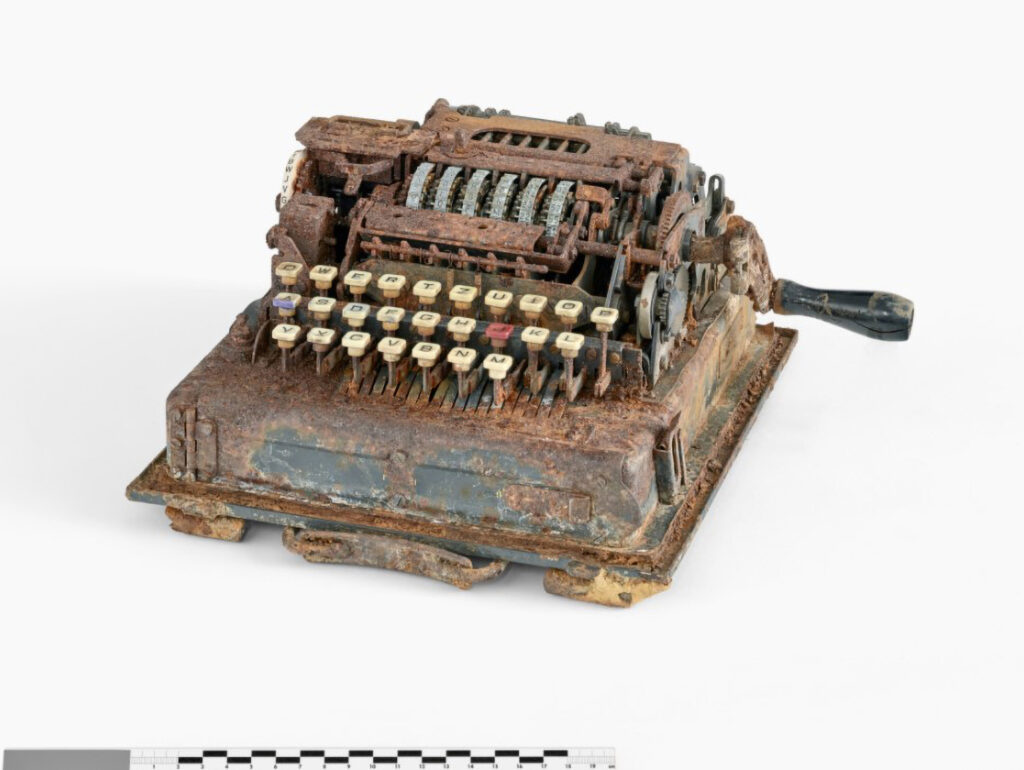
The museum said that scanning the devices takes a lot of time, which is why they are scanning them in batches. Michael Salamon, head of the High Energy X-ray Systems group, said: “For this purpose, a special device called PolyCT was set up, which guarantees the highest image quality for each of the five encryption machines to be scanned simultaneously and thus makes the scan of entire collections particularly efficient.”
The statement from the museum also said: “Their inner workings are one of the best-kept secrets of all – after all, the machines themselves were secret carriers: cipher machines with which the military, secret services, but also banks encoded their messages.”
Matthias Goeggerle, who is in charge of the “3D-Cipher” project at the Deutsches Museum’s research institute, said: “At the end of the scans we will have 3D models of all 60 cipher devices that date from the 1870s to the 1990s. Years ago.”
And by scanning them, the experts hope to one day recreate perfect replicas of these devices, including of the Enigma machine. Dahlke said: “With 3D models like this, you can, for example, make replicas of the Enigma and other encryption devices that are accurate to the millimetre.”
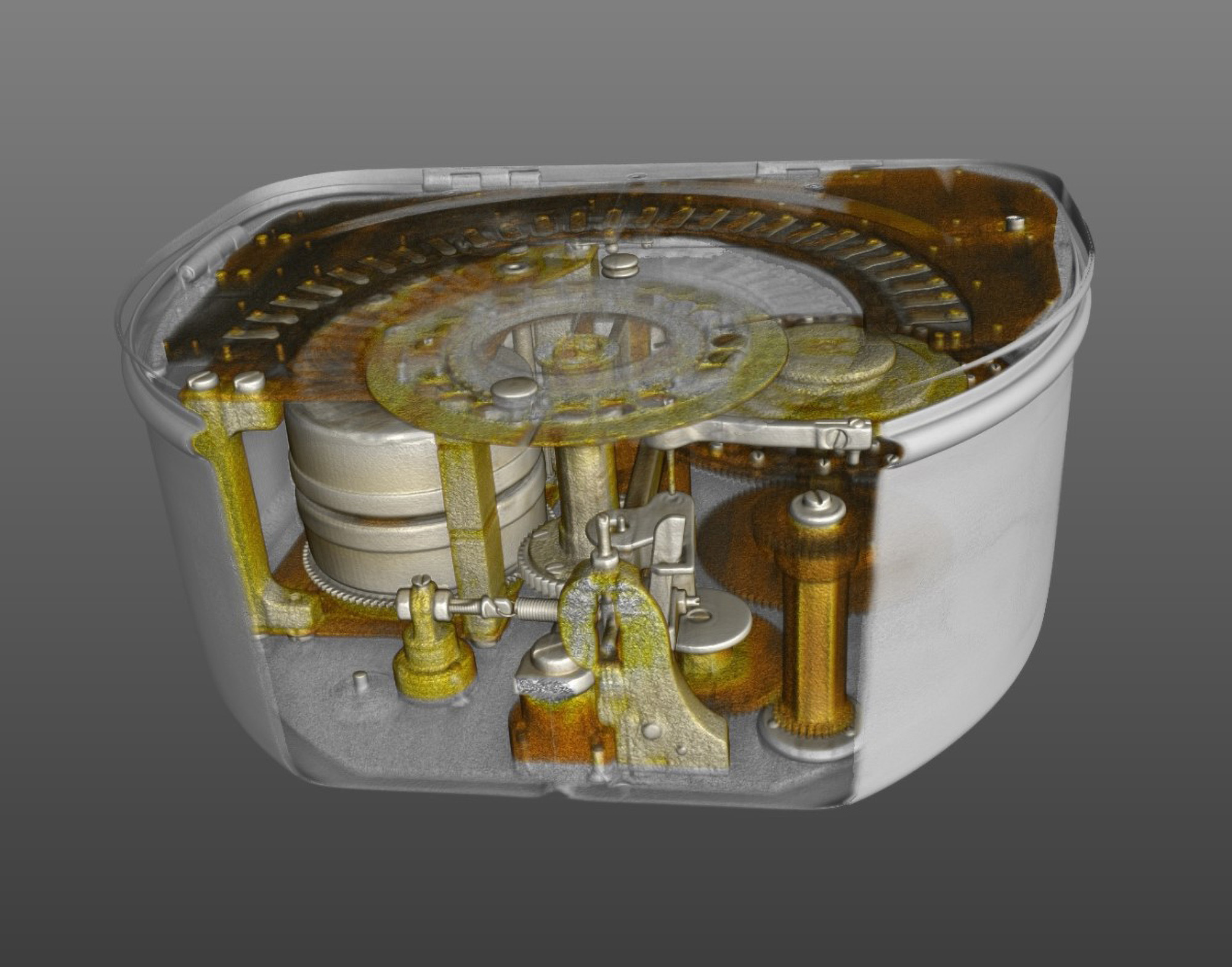
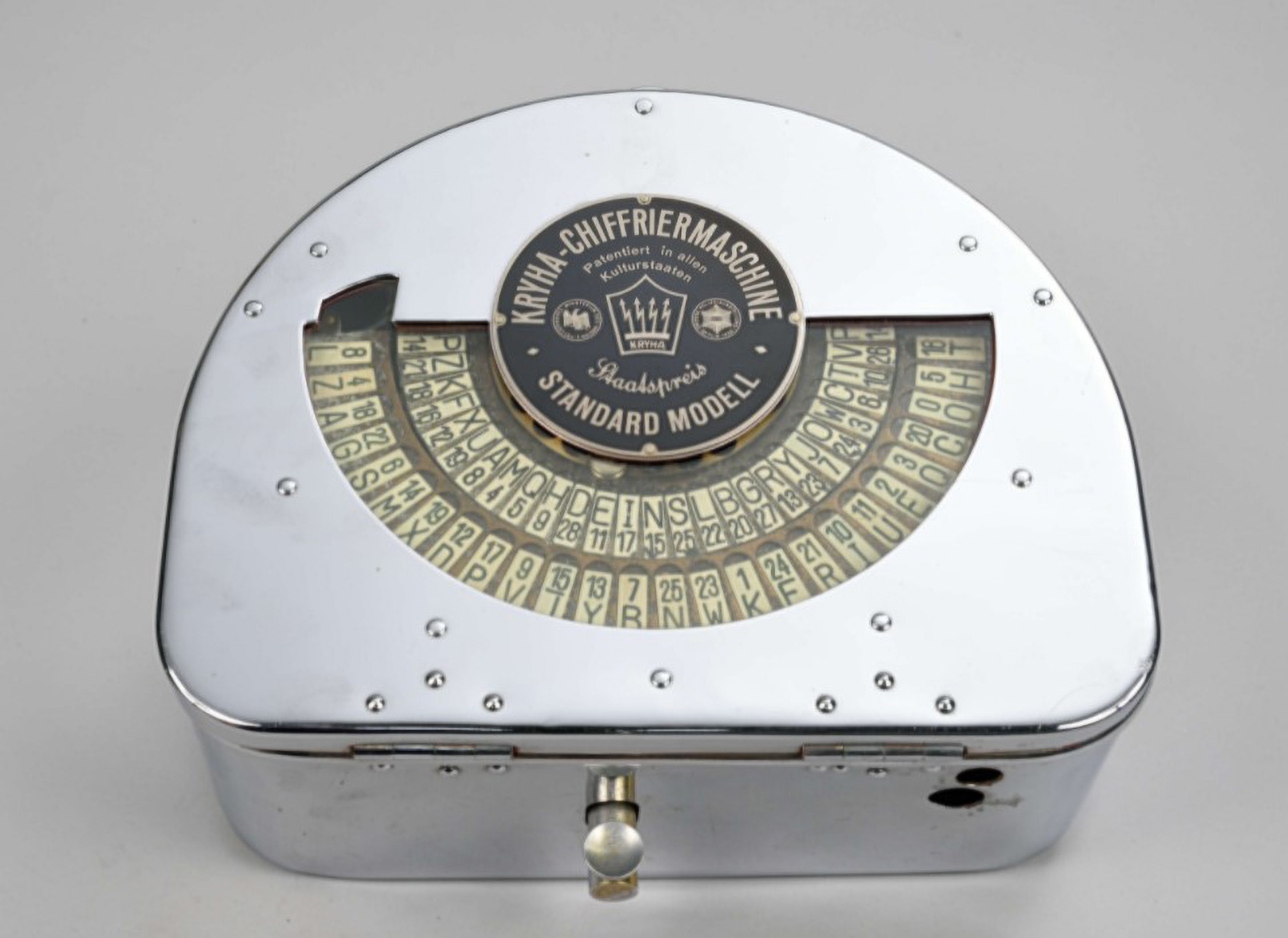
To find out more about the author, editor or agency that supplied this story – please click below.
Story By: Joseph Golder, Sub-Editor: Michael Leidig, Agency: Newsflash
The Ananova page is created by and dedicated to professional, independent freelance journalists. It is a place for us to showcase our work. When our news is sold to our media partners, we will include the link here.

